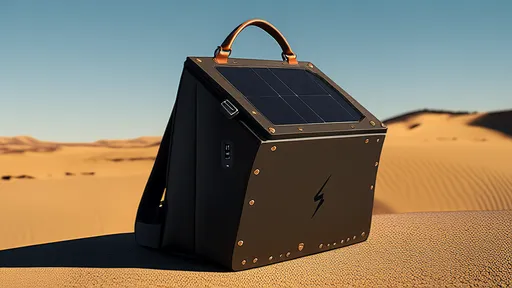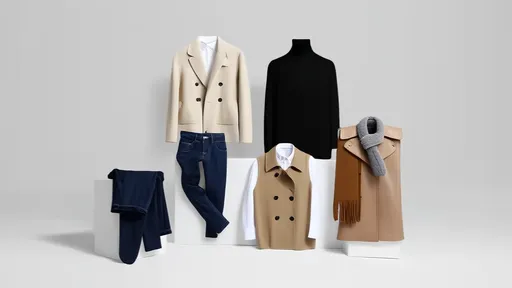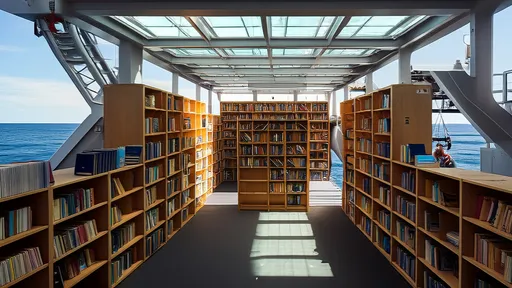The concept of a capsule wardrobe has long fascinated minimalist travelers and fashion enthusiasts alike. The idea of packing just seven versatile items to cover an entire season—let alone a full year of travel—sounds like an impossible challenge. Yet, a growing community of sustainable fashion advocates and frequent travelers are proving it’s not only feasible but liberating. By carefully selecting pieces that can be mixed, matched, and layered, they’re redefining what it means to travel light without sacrificing style or comfort.
The Origins of the Capsule Wardrobe Experiment
The term "capsule wardrobe" was first coined in the 1970s by London boutique owner Susie Faux, but the idea of a minimalist, interchangeable wardrobe has roots in even earlier decades. What makes the modern interpretation unique is its application to travel. The seven-item challenge pushes participants to think beyond the usual packing list and focus on truly adaptable clothing. The rules are simple: choose seven core pieces (excluding undergarments, accessories, and shoes) that can be worn in multiple combinations across varying climates and occasions.
Why Seven Items? The number isn’t arbitrary. It forces a level of discipline that a more generous count wouldn’t achieve. With seven items, every piece must pull double or triple duty. A blazer, for instance, might serve as a warm layer in winter, a polished cover-up for dinners, and even a makeshift pillow during transit. The limitation sparks creativity in styling and highlights how little we actually need to look put-together.
The Art of Selecting the Perfect Seven
Seasoned capsule travelers emphasize that fabric choice is everything. Natural fibers like merino wool, linen, and organic cotton breathe well in heat yet provide insulation when layered. Neutral colors dominate most lists—black, navy, gray, and beige—but some experiment with one statement color to add variety. The typical lineup includes two bottoms (often one pair of dark jeans and tailored trousers), three tops (a button-down, a knit, and a sleeveless shell), and two outer layers (a blazer and a versatile jacket).
Footwear presents the trickiest compromise. Most adherents to the seven-item rule count shoes separately, allowing one pair for walking and another for dressier occasions. The rise of stylish yet comfortable travel shoes—from foldable ballet flats to waterproof ankle boots—has made this aspect easier. Accessories like scarves and jewelry, while not counted toward the seven, play an outsized role in changing looks. A silk scarf can transform a shirt from beach cover-up to dinner attire in seconds.
Real-World Testing Across Climates
Skeptics often ask how seven items could possibly work for both a tropical beach holiday and a winter city break. The secret lies in strategic layering. That linen button-down worn alone in Bali becomes a thermal base layer under a sweater in Berlin. The same maxi dress that breezes through summer nights pairs with tights, boots, and a jacket when temperatures drop. Travelers report washing items in hotel sinks more frequently, but quick-dry fabrics and the ubiquity of laundromats make this manageable.
Perhaps the most surprising revelation from those who’ve tried the challenge is how little they miss their overstuffed suitcases. Without the burden of choice fatigue, getting dressed becomes effortless. Many describe an unexpected sense of confidence that comes from knowing every combination works. There’s also the practical benefit of bypassing baggage claim—a seven-item wardrobe easily fits in a carry-on with room to spare.
The Psychological Shift Beyond the practical advantages, participants consistently report a change in mindset. Constantly buying new clothes for trips begins to feel unnecessary when the existing capsule proves so adaptable. Some extend the philosophy to their home wardrobes, paring down to a curated selection of favorites. The experiment becomes less about deprivation and more about appreciating quality over quantity.
Sustainability and the Future of Travel Fashion
As climate concerns grow, the capsule wardrobe offers an antidote to fast fashion’s environmental toll. The average tourist’s suitcase contains numerous unworn items, contributing to textile waste. By contrast, a carefully planned seven-item wardrobe gets maximum use from each piece. Brands are taking note, with several now offering travel-specific collections designed for mix-and-match versatility. These garments often feature stain-resistant finishes, odor control technology, and wrinkle-free fabrics to withstand the rigors of frequent wear.
The movement has also sparked innovation in rental services for travelers who want variety without ownership. Platforms now allow users to rent a complete capsule wardrobe delivered to their hotel, then returned after the trip. This model provides the benefits of minimal packing while satisfying the desire for fresh looks—a potential middle ground for those not ready to fully commit to seven items.
What began as an extreme challenge is evolving into a mainstream approach to travel packing. While not everyone will adopt the strict seven-item limit, its principles are influencing how people think about what they pack. The next time you find yourself staring at an overflowing suitcase, consider this: the freedom to move through the world unencumbered might just be seven perfect pieces away.

By /Jul 16, 2025

By /Jul 16, 2025

By /Jul 16, 2025

By /Jul 16, 2025

By /Jul 16, 2025

By /Jul 16, 2025

By /Jul 16, 2025

By /Jul 16, 2025

By /Jul 16, 2025

By /Jul 16, 2025

By /Jul 16, 2025

By /Jul 16, 2025

By /Jul 16, 2025

By /Jul 16, 2025

By /Jul 16, 2025

By /Jul 16, 2025

By /Jul 16, 2025

By /Jul 16, 2025